In today’s competitive world of collecting, rare retro style collectibles have emerged as a sought-after category among enthusiasts and investors alike. With a growing appreciation for nostalgia and unique artifacts, the market for retro-style items continues to thrive, offering both personal satisfaction and financial potential. This comprehensive guide delves into the intricacies of identifying and valuing rare retro style collectibles, providing insights into what makes these items desirable and how to assess their worth. From understanding the nuances of retro design to exploring the historical context behind these pieces, this article equips readers with the knowledge needed to navigate the world of rare collectibles with confidence.
Key Takeaways
- Understand Vintage Collectibles: Discover the allure of items with historical and cultural significance, often spanning multiple decades.
- Key Characteristics: Look for age (typically 20–100+ years), condition, uniqueness, and cultural importance, which drive their value.
- Popular Types: Explore fashion, jewelry, machinery, books, and coins—diverse categories within the retro and vintage realm.
- Benefits of Collecting: Connect with history, appreciate craftsmanship, and build a story through your collection.
- Getting Started: Choose a niche, network with enthusiasts, research values, and ensure ethical sourcing for sustainable collecting.
- Finding Collectibles: Utilize platforms like Retro Sales, Etsy, eBay, and others to locate rare items.
- What Makes a Collectible: Consider rarity, condition, historical ties, and nostalgia, which enhance desirability and value.
- Categories and Examples: From vintage fashion to modern tech gadgets, collectibles span various interests and eras.
- Motivations for Collecting: Fuel your passion, invest wisely, or preserve memories through meaningful acquisitions.
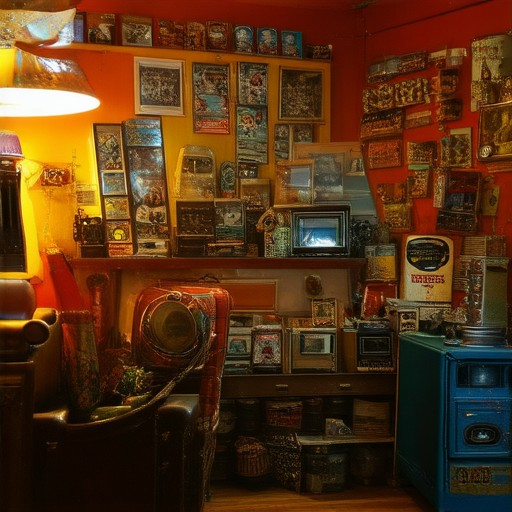
What is Hot in Collectibles Now?
Collectibles continue to be a thrilling market, with new trends emerging regularly. Here are some of the most popular and valuable collectibles to consider:
- Vintage and Retro Items : Platforms like Retro Sales specialize in bringing together vintage enthusiasts with unique finds. From fashion to furniture, retro items are highly sought after due to their nostalgic appeal and historical significance.
- Trading Cards and Collectible Games : Whether it’s sports cards, Pokémon, or collectible card games like Yu-Gi-O! , these items remain a staple in many collector’s arsenals. Rare cards and limited editions fetch high prices.
- Luxury Watches and Jewelry : Timepieces from brands like Rolex and Cartier are timeless investments. Fine jewelry, especially pieces from iconic designers, continues to grow in value and desirability.
- Rare Technology Memorabilia : Old-school video game consoles, early mobile phones, and classic computers are now sought-after collectibles. Companies like Apple and Sony have loyal fanbases eager to acquire rare items.
- Pop Culture Memorabilia : Items tied to hit TV shows, movies, and music are flying off the shelves. Stranger Things memorabilia, Star Wars collectibles, and signed albums by legendary artists are highly valued.
- Coin Collecting : Rare coins, especially those from historical eras or featuring unique designs, are a favorite among numismatists. Organizations like the American Numismatic Association provide resources for collectors.
What Items Are Considered Retro?
Retro items are those that evoke the styles, designs, and aesthetics of the past, particularly the 1960s, 1970s, 1980s, and early 1990s. While any item fifteen years old can be considered retro, the term often extends to items that reflect the cultural and design trends of these decades.
Categories of Retro Items
- Clothing :
- Bell-bottom jeans
- Tie-dye shirts
- Vinyl records
- Leather jackets
- Platform shoes
- Electronics :
- Walkman
- CRT monitors
- Landline telephones
- Cassette tapes
- Furniture :
- Mid-century modern chairs
- Vinyl record players
- Wood-paneled bedrooms
- Retro-style coffee tables
- Accessories :
- Chunky jewelry
- Retro watches
- Vinyl stickers
- Retro gaming controllers
Why People Love Retro Items
Retro items are cherished for their nostalgic appeal, connection to history, and unique aesthetic. Many find comfort in the familiarity of retro styles, while others appreciate the opportunity to own a piece of cultural heritage. Retro items also serve as conversation starters, adding a touch of personality to any space.
Where to Find Retro Items
Explore Retro Sales for a curated selection of vintage finds and retro-inspired goods. Our platform offers a marketplace for unique treasures and a blog celebrating the charm of yesteryear. Discover the perfect retro piece for your collection today.
Visit Retro Sales to shop our retro collection and learn more about the retro lifestyle.
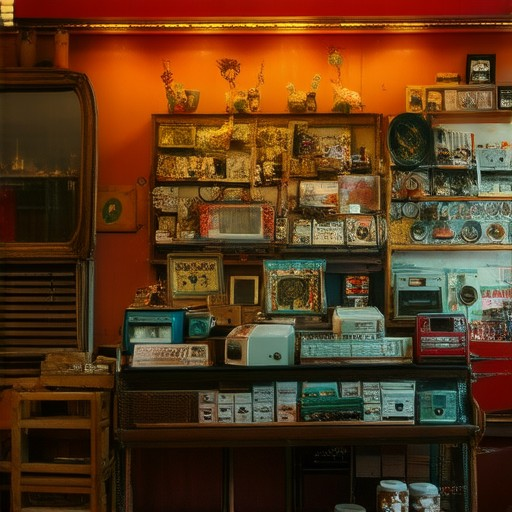
Understanding Vintage and Retro Style
Vintage and retro are often used interchangeably, but they represent distinct concepts in design and aesthetics. Here’s a breakdown of the key differences:
Vintage Style
- Definition: Vintage refers to items, designs, or styles that are authentically from a specific historical period, typically at least 20 years old.
- Characteristics:
- Authenticity and originality are paramount.
- Items are often rare, unique, and irreplaceable.
- Reflects the cultural, social, and artistic norms of a particular era.
- Examples: Mid-century modern furniture, classic car models from the 1950s, or a vintage leather jacket from the 1970s.
Retro Style
- Definition: Retro style describes contemporary items or designs that intentionally mimic the look and feel of past eras, often through deliberate throwback aesthetics.
- Characteristics:
- Modern interpretations of historical designs.
- Can be mass-produced or crafted specifically to evoke nostalgia.
- Often blends elements of multiple decades to create a unique visual appeal.
- Examples: A retro-inspired phone with a 1980s neon aesthetic, a reproduction of a 1960s miniskirt, or a modern sofa styled after 70s sectional designs.
Key Differences
- Timeline: Vintage refers to items from the past, while retro can be both historical and contemporary in its inspiration.
- Authenticity: Vintage requires authenticity, whereas retro can be a modern take on the past.
- Purpose: Vintage is about preserving history, while retro focuses on reviving it for contemporary use.
Retro style has become increasingly popular due to its ability to blend nostalgia with modern convenience. At Retro Sales, we specialize in bringing back the charm of yesteryear through carefully curated vintage finds and modern reinterpretations that honor the past. Explore our collection today and discover how retro style can transform your space while connecting you to the timeless beauty of earlier eras.
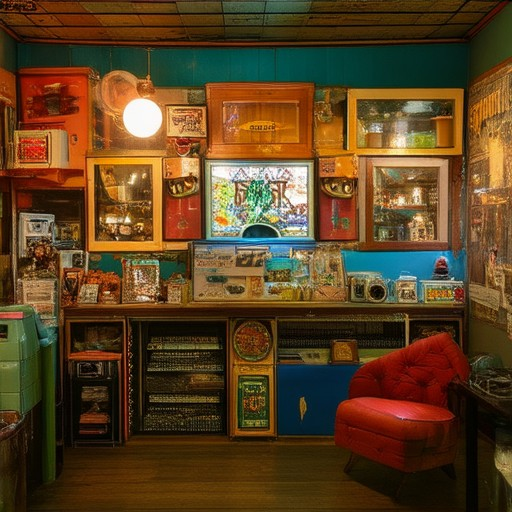
What Are Vintage Collectibles?
Vintage collectibles encompass a wide range of items that are considered valuable due to their historical, cultural, or aesthetic significance. These items often span across various decades, reflecting the styles and trends of the past.
Key Characteristics of Vintage Collectibles
- Age Range: Typically, vintage items fall between 20 and 100 years old. However, antiques are defined as items over 100 years old, while collectibles can be of any age, depending on their rarity and desirability.
- Condition: Vintage items may show signs of wear, tear, or aging, which adds to their character and value. Condition is a critical factor in determining the worth of collectibles.
- Uniqueness: Many vintage items are one-of-a-kind or limited in supply, making them highly sought after by collectors.
- Cultural Significance: Items that played a role in history or were part of significant events often become vintage collectibles.
Popular Types of Vintage Collectibles
- Fashion and Textiles: Clothing, accessories, and textiles from previous eras, such as vintage dresses or leather jackets.
- Diamonds and Jewelry: Antique jewelry, engagement rings, and diamonds that have been passed down through generations.
- Machinery and Tools: Old gadgets, tools, and machinery from industries like manufacturing or electronics.
- Books and Ephemera: Rare books, comic books, trading cards, and memorabilia.
- Coins and Stamps: Collectors often seek vintage coins and stamps, especially those that are rare or have historical value.
Why Collect Vintage?
Collecting vintage items offers a unique way to connect with the past. Many people enjoy the storytelling aspect of owning something that has a history. Others appreciate the craftsmanship and design of older pieces, which often stand out compared to modern products.
How to Start Collecting Vintage
- Know Your Limits: Decide what era or type of collectibles you’re most interested in. Whether it’s fashion, music memorabilia, or vintage cars, focus on a niche.
- Build a Network: Join online forums, groups, or auctions where you can learn from experienced collectors and find rare items.
- Research Values: Use resources like Heritage Auctions or eBay to get an idea of pricing and rarity.
- Consider Sustainability: When purchasing vintage items, ensure they are ethically sourced and free from harmful materials.
Where to Find Vintage Collectibles
There are countless ways to find vintage items, from local flea markets to online platforms. Websites like Retro Sales specialize in vintage goods, offering everything from clothing to home decor. Other popular places include:
- Etsy: A great source for handmade and vintage items.
- eBay: Offers a vast selection of vintage and antique goods.
- Heritage Auctions: Features rare and unique items for sale.
- Poshmark: A platform for buying and selling vintage fashion.
Remember, collecting vintage items is about appreciation for history and craftsmanship. Whether you’re looking for a specific item or building a diverse collection, take the time to explore and enjoy the journey!
What Age is Considered Vintage?
Vintage typically refers to items or products that are at least 25 years old, though the exact cutoff can vary depending on the context. In many cases, vintage goods are considered to be from the mid-20th century, often spanning from the 1950s through the 1970s. However, in certain fields like antiques or fine art, items from earlier periods may also be classified as vintage.
For example:
- In fashion, vintage clothing often dates back to the 1940s and 1950s.
- In automotive terms, vintage cars are usually defined as those built between 1896 and 1931.
- In music, vinyl records from the 1950s and 1960s are commonly referred to as vintage.
Ultimately, the term “vintage” carries a subjective connotation, and its application can vary widely based on personal preference, cultural context, and the specific industry or category in question.
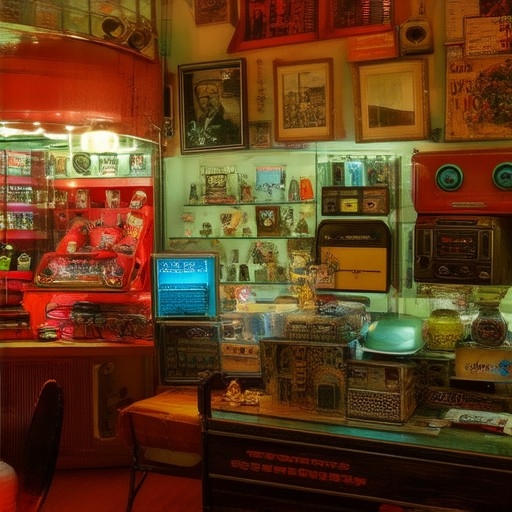
What Qualifies as a Collectible?
A collectible, also known as a collector’s item, is any object considered valuable or interesting enough to gather by a collector. While not every collectible has significant monetary value or rarity, they hold personal or cultural significance. Here’s a breakdown of what defines a collectible:
- Rarity: Collectibles are often rare or hard to find, though this isn’t always the case. Some may be common but highly sought after due to nostalgia or sentimental value.
- Condition: Items in better condition tend to be more desirable. Collectors often seek pieces that are well-preserved or in original packaging.
- Historical Significance: Antiques and memorabilia tied to historical events or famous figures are highly valued as collectibles.
- Nostalgia Factor: Many collectibles are appealing due to their association with childhood memories, pop culture, or a specific era.
Categories of Collectibles
Collectibles can fall into various categories, including:
- Vintage Fashion: Clothing and accessories from past decades, particularly those associated with iconic designers or eras.
- Coins and Stamps: Rare or older currency and postage stamps, often collected for their historical value.
- Trading Cards: From sports, comics, or gaming, these are highly collectible due to their limited supply.
- Modern Collectibles: Items like phone accessories, tech gadgets, or limited-edition products.
Examples of Collectibles
Some popular collectible items include:
- Vintage vinyl records and cassette tapes
- Comic books, especially first editions or rare issues
- Limited edition art prints or posters
- Vintage cars or classic motorcycles
- Antique jewelry and watches
Why Collect?
People collect for a variety of reasons, including:
- Pursuing a passion or hobby
- Investing in potential appreciation
- Preserving memories or history
- Finding joy in the pursuit of unique items
Conclusion
A collectible is more than just an item—it represents a connection to the past, a shared cultural moment, or a personal treasure. Whether it’s a piece of history or a simple keepsake, the appeal of collectibles lies in their ability to evoke emotion and curiosity. Explore the world of collectibles to discover unique finds and build your own collection!
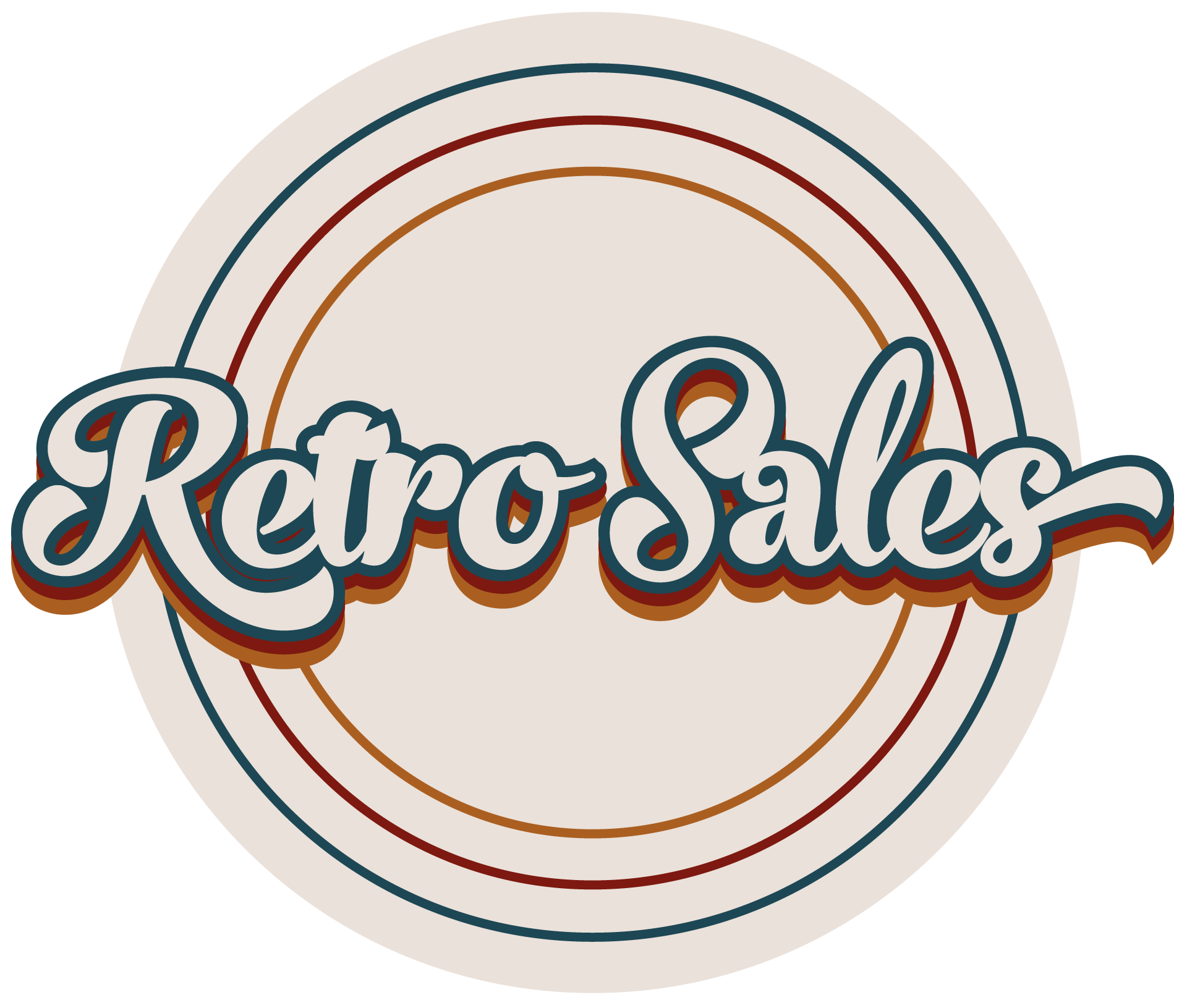


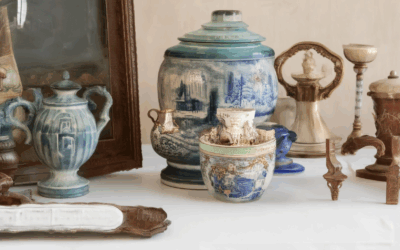
0 Comments